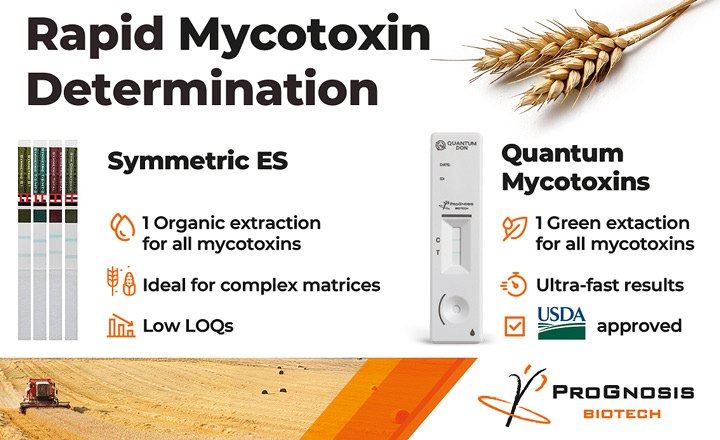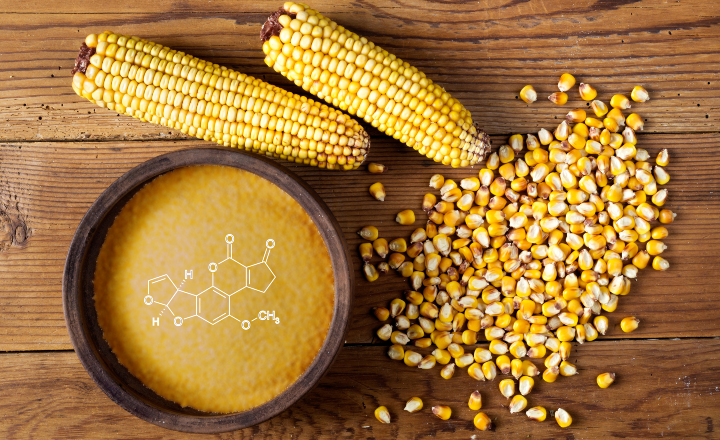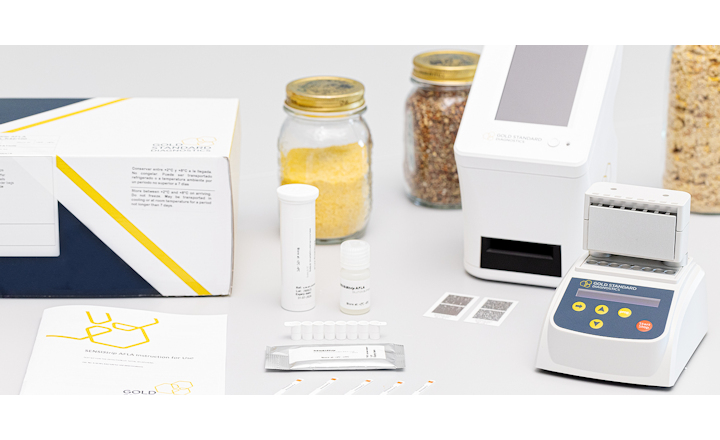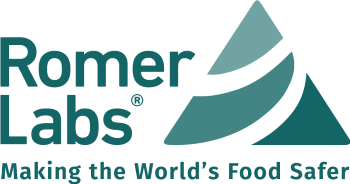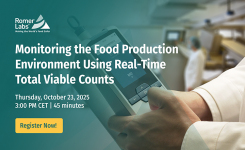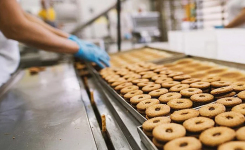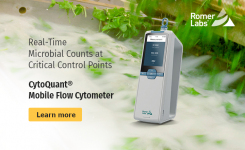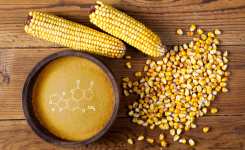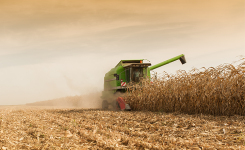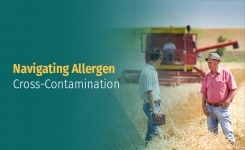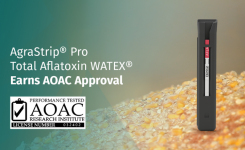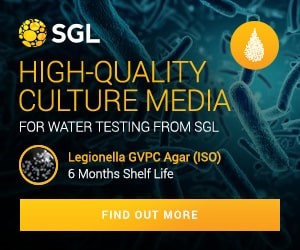Aflatoxins are often called 'silent killers'. Long-term overexposure is linked to chronic diseases, cancer and immunodepression. They are the most common and dangerous type of mycotoxins, a group of secondary metabolic by-products of certain species of fungi that grow on staple crops such as maize, corn and rice, but also oilseeds, spices and tree nuts.
Contamination by mycotoxins can happen at any stage before or after harvest if crops are not stored properly. What’s more, unlike pathogens, mycotoxins are not entirely killed by high temperatures, so bakery products are not immune from contamination.
There is a growing concern worldwide around mycotoxins. In the EU, they caused 655 food safety incidents in 2018 (most of them associated with aflatoxins): 13% more than in 2017 and 19% more than in 2016.
Rapidmicrobiology.com spoke to Dr Kurt Brunner, Head of R&D at Romer Labs, about the current state of mycotoxin contamination, the challenges of detecting them, and the role of reference and rapid test methods.
Q. What is the link between the increase of mycotoxins incidents and climate change?
A. They are directly related. Global warming is creating more extreme weather conditions, combining strong rainfalls and heat. That’s the perfect environment for fungal growth and mycotoxins development.
Especially in Europe, highly toxic types of mycotoxin-producing fungal strains are moving six to seven kilometres further north of the equator every year, replacing less harmful ones.
For example, aflatoxin used to develop only in sub-Saharan regions, but recently they started to appear in maize harvested in Serbia, causing a serious crisis.
Also, in Central Europe, wheat flowers have started to develop in the middle of May, two weeks earlier than 20 years ago. In that period, however, we still have more rainfall, which makes wheat highly susceptible to infections by fungi strains producing Fusarium mycotoxin.
Q. What are the challenges in detecting mycotoxins?
A. First of all, the concentration of mycotoxins is extremely low. They’re measured in parts per billion, which is the equivalent of diluting a teaspoon of sugar in an Olympic swimming pool.
The other big challenge is that they’re not equally distributed. In a truckload of maize, mycotoxins may be present only in few very small segments. However, the concentration in those hotspots can be so high that the consignment might exceed regulatory limits.
In fact, sampling is the most critical step in mycotoxin detection. Scientific literature shows that between 80% and 90% of analytical errors are due to incorrect sampling, not due to analytical methods.
In order to do the sampling correctly, you will need a statistics-based plan that defines how many samples to extract, where in the truckload to extract them and in what quantity. All are then ground together until you have one representative sample of the entire truckload.
Q. What are the disadvantages of using modern reference analytical methods?
A. There is no competition between reference and rapid methods. They both have their place, depending on the situation.
With that said, the disadvantage of reference methods is that samples have to be sent to an external lab, so the analysis takes a few days. Their advantage, however, is that they provide certified results, which can be extremely important in global trade.
Think of the harbour of Rotterdam, where rejecting a shipload of rice for its mycotoxin levels may have important legal and cost implications. In that case, it’s better to wait a few extra days to obtain a recognised certificate with the highest reliability.
Q. What are the advantages of and challenges in, using rapid test methods to detect mycotoxins?
A. A typical example would be a pasta manufacturer that receives several trucks of wheat per day. They too, need to make sure that mycotoxin levels are acceptable, but time pressure is much higher because a truck driver won’t wait for two days until results are back. With rapid test methods, the analysis can be completed in 15-20 minutes.
Whenever there’s an issue with rapid methods, it’s because of how they’re used, not because of the method themselves. Sampling is a critical part, but that is often done automatically. Normally, the problem is time pressure.
When consignments are queuing up at the factory doors, and operators have to decide fast whether to accept them or not, it’s more likely to cause handling errors. Each handling step is a source of errors, so the kit manufacturer can help a lot by reducing them.
Another possible issue with rapids tests is that they rely on antibodies, which sometimes can cross-react with other components, producing slightly skewed results. Again, it’s up to the test kit manufacturer to carefully choose the best available antibody to use.
Q. What do you see as future trends of mycotoxins incidents?
A. Given the current global warming trend, simulations show that toxic fungal strains will move further north. Regions that are still relatively safe, like the UK or Scandinavian Europe, might face more contamination, and what was an exceptional crisis in Serbia may become an annual reality in the south of France, Spain, Italy, and the whole Balkan region.
Q. How are mycotoxin testing methods going to evolve in the future?
A. Reference methods will be able to test for all potentially occurring mycotoxins with one single analysis. Rapid methods are already as fast and accurate as they can be. In the next ten years, however, there will be more and more automated systems, with fewer handling steps and fewer possibilities for errors.
Dr. Brunner will be speaking at the WMFmeetsIUPAC Mycotoxin Conference in Belfast, UK on 14 to 16 October, 2019.
About Dr. Kurt BRUNNER
 |
Currently Director Research & Development, Romer Labs Division Holding GmbH, Dr Brunner studied chemistry at the Vienna University of Technology and also did his PhD there. After working as a PostDoc at different universities focusing on topics related to plant production and food safety. He then took over the Molecular Diagnostics Workgroup at Research Institute IFA-Tulln working on novel tests for mycotoxins, food allergens, GMOs and animal species identification. He has been Head of R&D at Romer Labs since 2015. |



